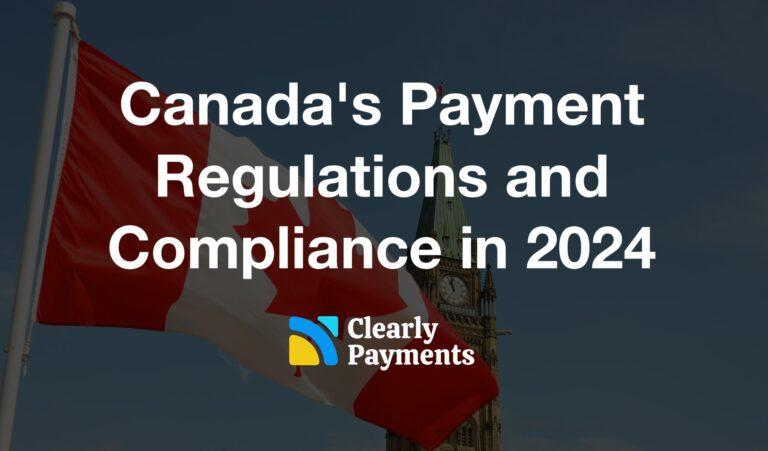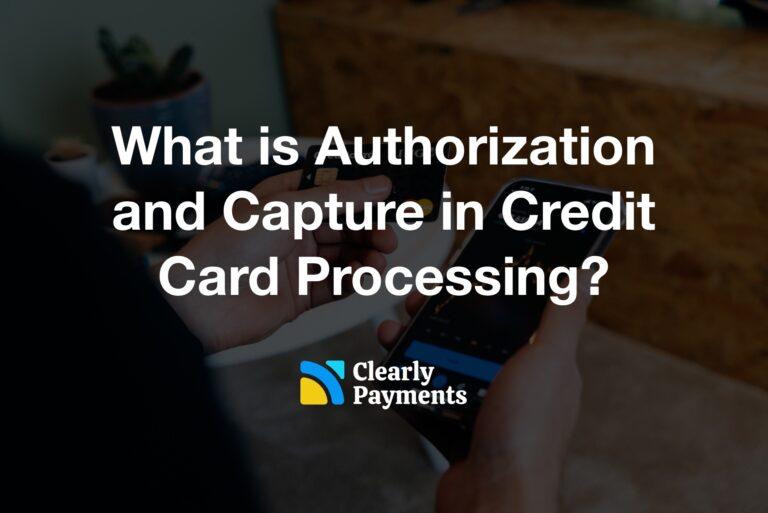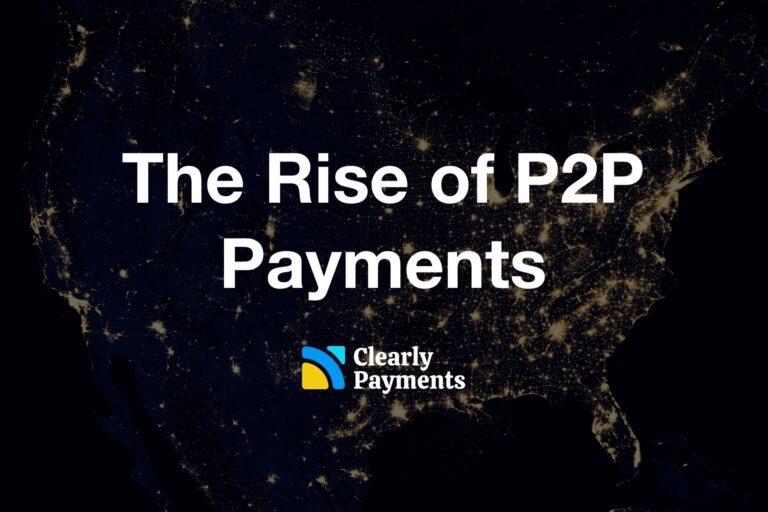As a business owner, there is a fee you pay so your customers can pay with credit cards. The fees are primarily a fixed transaction cost and a percentage cost of the total sale amount. The fixed transaction fee is generally between $0.05 and $0.40 per transaction and the percentage fee ranges from 1.9% and 5%. That’s a big range, especially when you’re processing a lot.
There are a few tangible things you can do to reduce your credit card processing fees. You are in control. These steps will keep you on the low end of the range.
The first step is to use a payment processor that is honest and fair
The first step is to use the right payment processor. A good credit card processor will be proactive and honest. Many payment processors use tactics to maximize fees or make it difficult for you to switch to a new payment processor. Some of the things you should look out for are the following:
- Payment processors that are difficult to get a hold of by phone or email,
- Processors that implement long contracts with large fees if you cancel,
- Many processors will increase your rates twice per year so watch out for that,
- High monthly fees or even made up fees,
- Leasing of credit card machines. You should never lease; always rent.
When you work with a good payment processor, you’ll end up maximizing your chance to have the lowest payment processing fees. They will be honest with your fees and help you understand how things work.
Do as many face-to-face transactions as possible
One of the most tangible things you can do and start immediately is change how you accept credit cards. Online transactions are great and sometimes necessary, but they are considered higher risk so credit card brands (i.e. Visa and MasterCard) charge higher interchange fees.
Online transactions are called “card not present” transactions. This means the card was not physically in front of you when the transaction occurred. All “card not present” transactions are more expensive than “card present” transactions. When possible, conduct credit card transactions with the card physically in front of you. You’ll end up reducing your credit card fees.
Make sure you have interchange plus pricing
The way payment processors charge their fees comes in many forms. There are several payment processing pricing models that are commonly used.
Interchange plus pricing is a pricing model that passes through the interchange rates and adds a mark-up. The payment processor has flexibility on what the mark-up is, but it is very transparent. It is quite easy to understand what that mark-up is. This is one reason why interchange plus pricing is the recommended model by the Canadian Code of Conduct.
Flat rate pricing is also a transparent model, however it does not save you money. To the contrary, it is quite expensive, in particular for merchants processing over $100,000 per year. Switching to interchange plus pricing will help you save.
Try to encourage lower fee credit cards
You may not know it, but certain credit cards have higher fees. There are actually hundreds of different rates across credit cards. AMEX tends to have the highest fees. Encouraging customers to use Visa or MasterCard could help in reducing your fees.
Next, business credit cards and rewards credit cards have higher fees than basic credit cards. The difference in price can be as much as double if a rewards credit card is used over a basic credit card.
It is not always easy to influence which credit card a customer uses. However, this knowledge can be used so you can implement creative ways to reduce your fees.
Use debit cards when a customer is willing
Debit cards and credit cards are very different, especially the cost. Debit cards only have a transaction fee which is roughly $0.05 per transaction. This is a massive difference from credit cards, which also includes the percentage fee.
Encouraging the use of debit cards is a great way to reduce cost. It is important to note that it has been shown that credit card purchases tend to be much higher than debit card purchases. You’ll want to make sure you don’t completely discourage credit card use because your revenue will almost certainly decrease.




